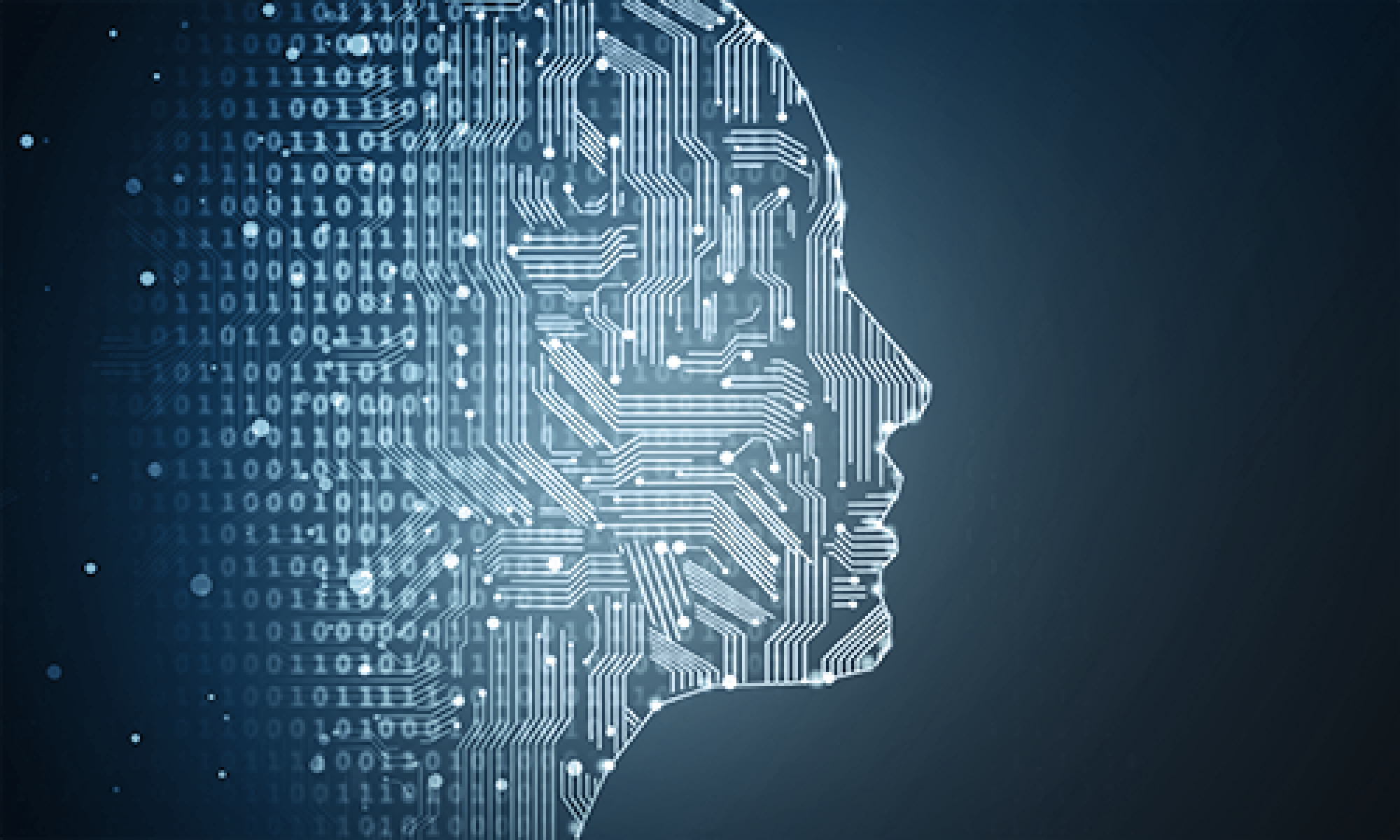This week, we gave our proposal presentation, submitted a purchase request for the brainware, and started implementing the game logic. We received helpful feedback regarding potential real-time latency issues in our proposal presentation, and we plan to design tests to ensure a smooth user experience. On the software development side, we found that Eryn’s operating system may not reliably work for iOS development. So we decided to switch to our backup plan for front end development: we will write a Python game.
Lavender’s Status Report for Feb 27
I verified the feasibility of our project by checking successful projects using the same brainware and looking into the state-of-the-art signal processing techniques for analyzing EEG data. I also revised the proposal slides based on our TA’s suggestions and helped Chris practice presentation. I placed the purchase request for the Emotiv brainware and applied for the student discount for the Emotiv API. Next week, I will start implementing the signal processing software with Chris.
Eryn’s Status Report for Feb 27
This week I examined the toolchain needed for iOS development but realized it is not quite feasible to do that on my machine, which only has a Linux environment installed. Therefore I decided to fall back to writing Python programs, which probably makes it easier to connect to our signal processing or deep learning modules. I’ve already started to implement the game since we don’t expect significant changes to the game logic, and I’ll continue doing this next week. That aside, I also contributed part of the slides for the proposal presentation.
Chris’s Status Report for Feb 27
I practiced and gave the presentation for the proposal as well as worked on parts of the presentation slides. I worked with Lavender to try to come up with a control model for the system as a closed loop, but we are set back by the fact that detecting what exactly is the intention of the user is hard. We decide to have a simple model for now and move on from there once we obtain the actual headwear. I also drafted a list of possible calibration steps, and plan to make work on their feasibility next week.
Chris’s Status Report for Feb 20
Chris’s Status Report for Feb 20
I analyzed the technical challenges in EEG signal processing and came up with a set of tests and metrics to measure the performance. They are specified in the sections named “Requirements” and “MVP”. My priority for next week is to make the slides and prepare for the proposal presentation.
Lavender’s Status Report for Feb 20
Lavender’s Status Report for Feb 20
I researched different options we have for EEG devices and made our selection. The advantages and technical details are described in the second section of the abstract. Starting next week, I’m going to read up on EEG signal processing literature and share with my teammates about the possible methodologies we can experiment with.
Eryn’s Status Report for Feb 20
Eryn’s Status Report for Feb 20
I wrote up about the motivations of our project and the design of the mind-controlled game in the abstract, and proceeded to draw a UI to visually demonstrate what the game looks like. Next week I should start exploring the iOS system and make sure there will be no problem deploying our code. If otherwise, I will research other options and propose the best alternative.
